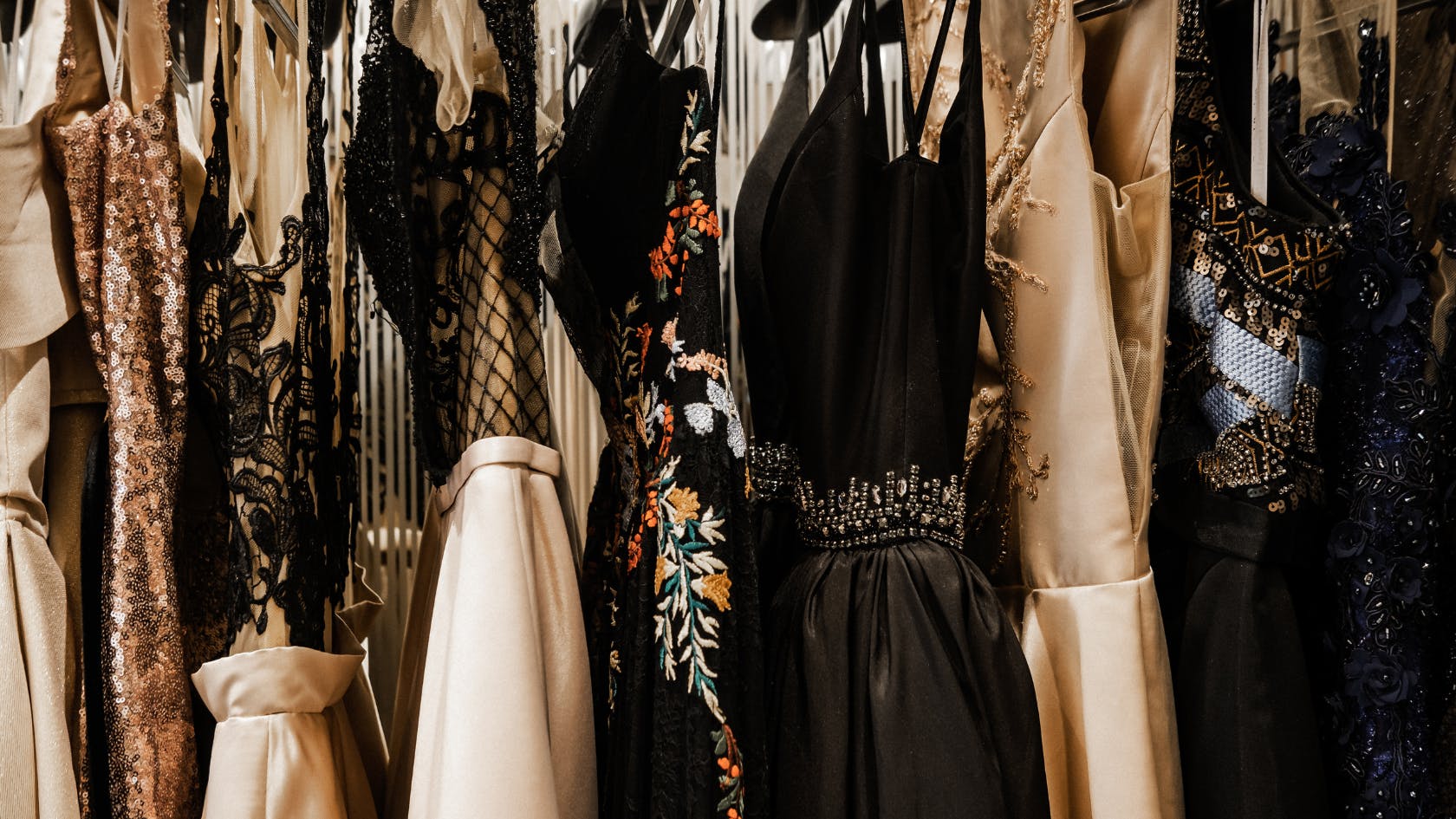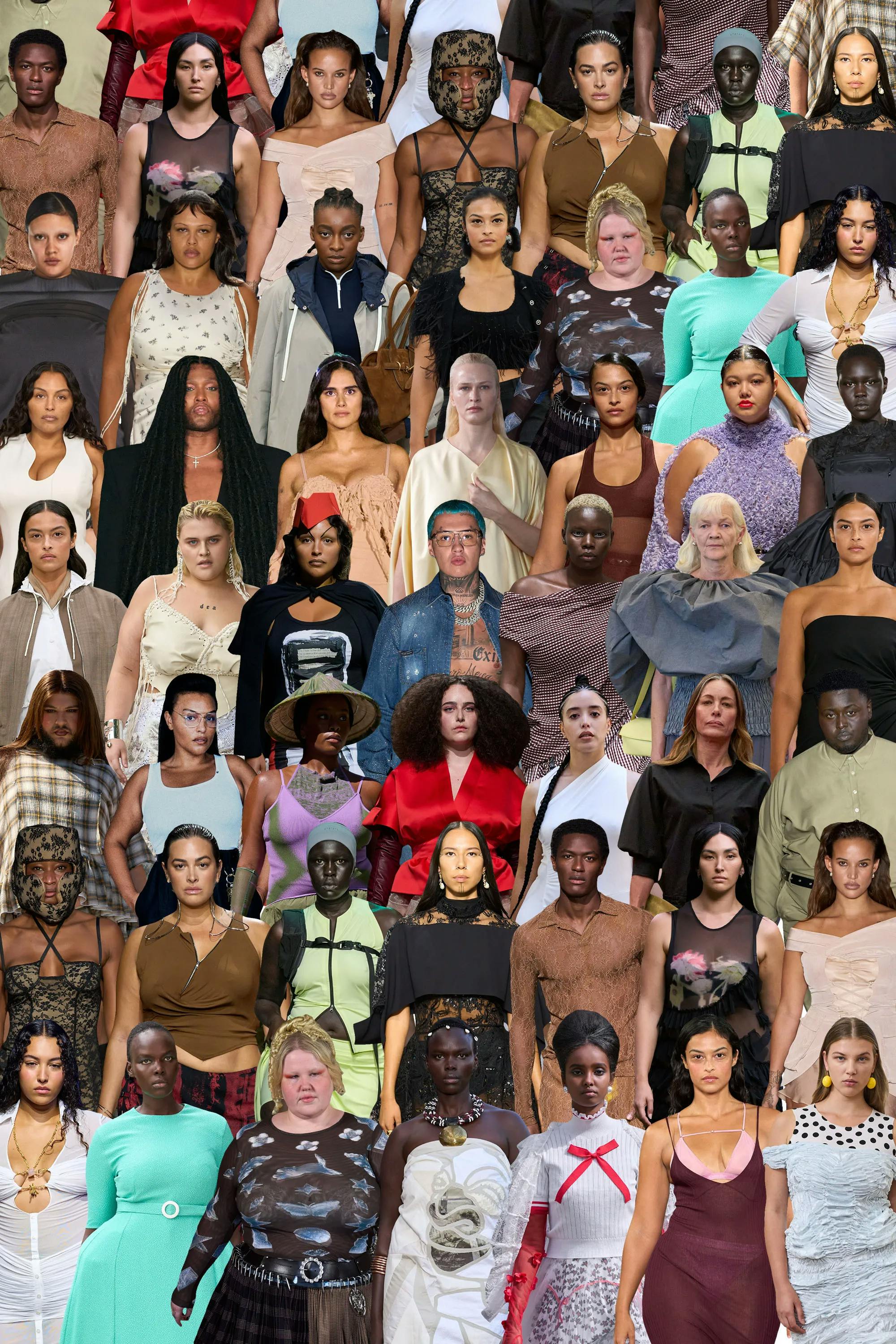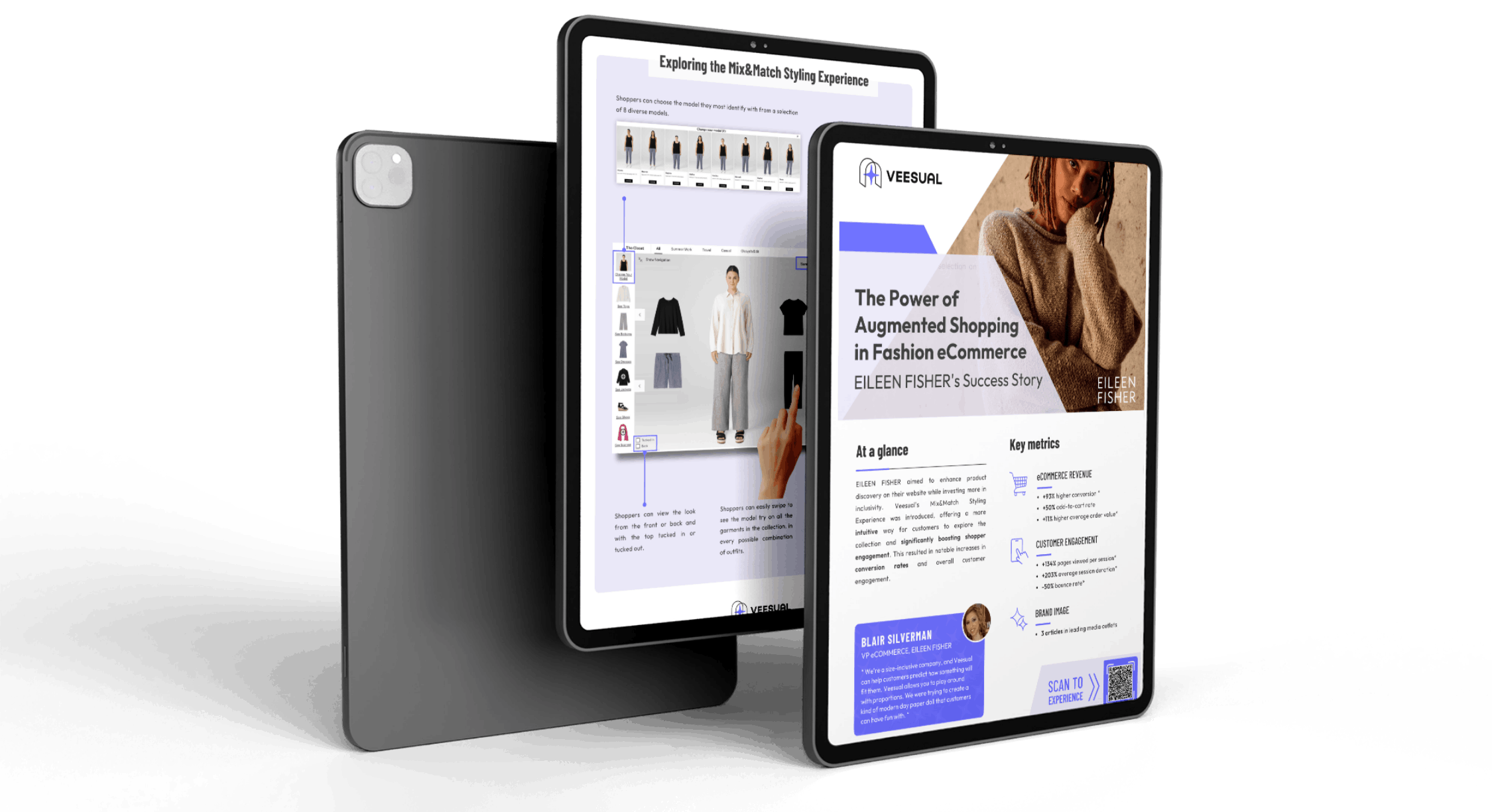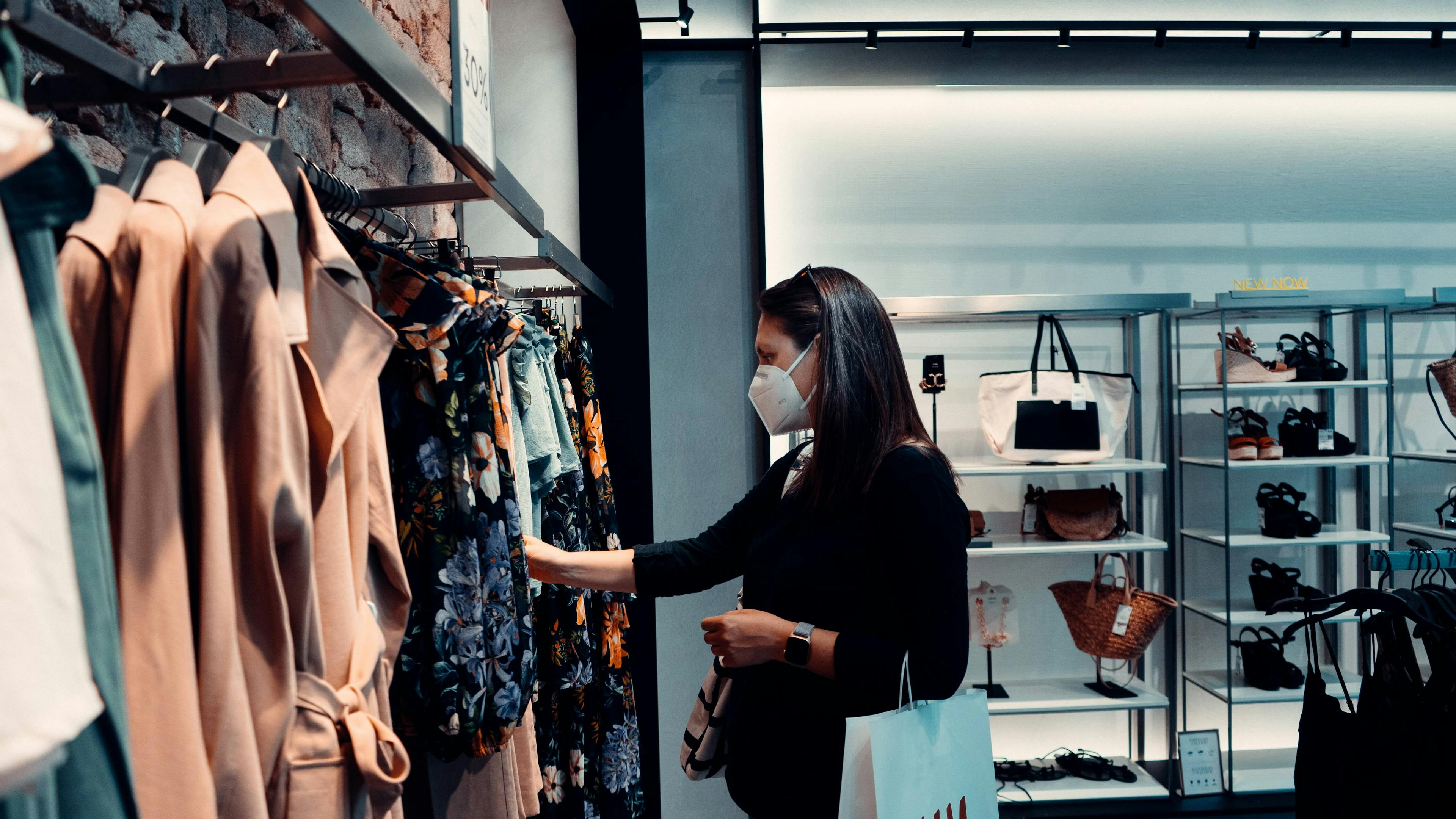Brands must focus on high ROI projects
Deciding which technology to invest in can be difficult with all of innovations that exist, but it's important for brands to invest in projects with a real return in terms of KPI's and ROI. In the Business of Fashion article, Elza Berry founder of Vendome Global Partners says that there is "an awareness now that brands really need to be profitable". According to her, brands should prioritize profitability by using tools that can increase conversion rates and average shopping cart.Today, fashion brands can invest on many levels: virtual fitting, size recommendation, visual search, look recommendation...
However, wanting to try everything can be costly, or even impossible and this is what Juan Manuel Gonzalez, founder of G&Co (consulting company) emphasizes in the Business of Fashion article "what kills companies is trying to focus on too many initiatives". It is therefore a question of prioritizing investments, taking into account short and long term objectives, the impact of the investments on the global strategy of the company and their ROI.
Customer experience: the new niche on which brands must invest
1) E-commerce, a strong potential for fashion brands
According to Fevad, the global e-commerce turnover represented 4.938 billion dollars in 2021, a figure that continued to increase in 2022. 147 billion were spent online in France, fashion still being the first sector of online purchases for 60% of buyers. Based on this data and the potential of the e-commerce sector, fashion brands should refocus their investment strategy on customers (shopping experience, products, customer relationship...) in order to continue to increase their revenues.
Today, some fashion brands are on the lookout for the latest innovations to try to meet one of the major challenges of their sector: customer engagement in e-commerce. Brands such as Balenciaga, Louis Vuitton and Burberry, having understood the value of an innovative customer experience, have jumped on the Metaverse and NFT trend to position themselves.
If these new concepts are considered too speculative, when it comes to the certainty of their effectiveness and profitability, other less risky and less costly solutions exist.
Veesual is developing a solution called Mix&Match, which allows fashion brands to offer a new e-commerce experience to their customers, where customers can choose a mannequin they identify with and create outfits directly on that mannequin.
2) Mix&Match: the experience that combines innovation and profitability
In addition to boosting e-commerce, the Mix&Match Styling Experience has a real impact on the business performance of fashion brands (acquisition, conversion, average cart, returns...). The goal of any e-tailer is to engage their customers, retain them on their website and make sales.
Mix&Match helps brands achieve these goals, by giving the power back to the customers. Indeed, by letting them choose the models, customers can easily appropriate products and their purchase intention is increased. Moreover, by having the ability to browse all the collections and compose their own looks, customers naturally tend to buy more products, which increases the average basket.
One of the challenges of e-commerce is the return after purchase. According to a study conducted by Statista, in 2022, there is an average e-commerce return rate of 39% in France, 49% for the United States, 42% for Spain, 73% for India and 49% for England. These returns are mainly related to a major problem in the fashion industry: size.
With Veesual's "Switch Model" option, brands are anticipating customers' viewing needs during purchase. By offering mannequins of different morphologies and sizes on the e-commerce site, customers are helped in their choices and the risk of returns is reduced.
Want to offer your customers a new shopping experience?
Contact us at hello@veesual.ai.
RESOURCES
Discover our new article

Virtual Try-On, Virtual Styling, Virtual Fitting: How to Choose the Right AI Experience for Your E-Commerce Strategy
In the fast-evolving world of e-commerce, technologies like Virtual Try-On (VTO), Virtual Fitting, and Virtual Styling are reshaping the way customers shop online. While these terms are often used interchangeably, each serves a unique purpose. For brands, understanding these distinctions is key to leveraging the right technology to drive conversions, reduce returns, and enhance customer loyalty.

The Role of AI in Elevating Luxury Experiences
Artificial Intelligence (AI) is often associated with automation, efficiency, and scalability—concepts that might seem at odds with the world of luxury, where authenticity, craftsmanship, and exclusivity reign supreme. Despite these apparent contradictions, AI holds transformative potential for luxury brands, offering new ways to enhance the distinctive experiences they deliver to their discerning clientele.

Reaction to Vogue Business Inclusivity Report: As Extreme Thinness Returns to the Runways, Why Brands Must Continue Investing in Size Inclusivity
The Spring/Summer 2025 fashion weeks have come to an end, and while the runways showcased an array of creativity, one unsettling trend has resurfaced: the return of extreme thinness as the dominant body type in fashion. According to the Vogue Business Inclusivity Report, only 0.8% of looks across New York, London, Milan, and Paris featured plus-size models, with 4.3% mid-size representation. In stark contrast, 94.9% of models were straight-size (US 0-4), signaling a regression to the outdated and unhealthy standards of beauty that once plagued the industry.


